8 tips for choosing construction waste bags
Any repair begins with the preparation of the premises. Old wallpapers are removed, the plaster gets stuck, the tile breaks off, the partitions break down - there is a lot of garbage, it is heavy and sometimes with sharp edges. You cannot put it in a simple garbage bag - it will instantly tear. The way out of the situation has long been invented - special packages for construction waste. True, few people think about the nuances of choice when buying them. As a rule, almost the first bags that are caught are purchased, and price, not indicators of strength, volume and thickness, come to the fore. This approach is fraught with unpleasant consequences: the package may burst at the most inopportune moment, and the cleaning and transportation of garbage will be delayed. Let's save the nerves, money and time and learn how to choose the right bags for construction waste.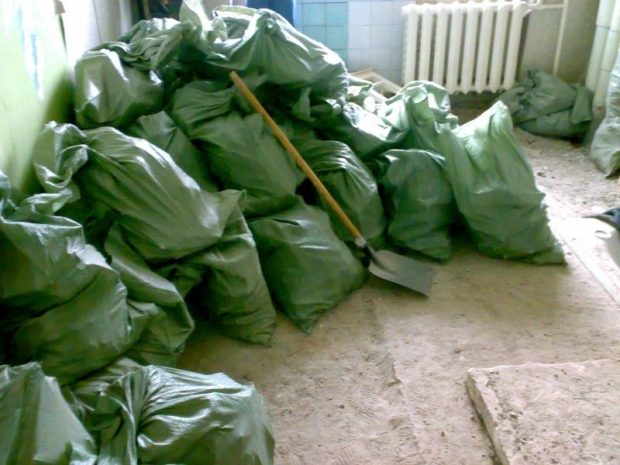
No. 1. What are construction waste bags made of?
For home and office, the most simple plastic bags of 30-60 liters are usually used. They can easily withstand a few kilograms of household waste, but pieces old plaster or tiles such a container will not stand. Such bags have low strength and carrying capacity.
A good package for building debris should be roomy, durable, resistant to mechanical damage, convenient for filling and carrying. It is important that the price is not too high.
For the removal of construction waste, bags made from:
- polyethylene;
- polypropylene.
The properties of each type are highly dependent on production conditions.
Plastic trash bags
Depending on the production conditions, plastic bags are of several types:
- bags made of high pressure polyethylene (LDPE). Received at polymerization of ethylene at a temperature of + 100 ... + 3000C and pressure up to 300 MPa. The result is a soft elastic material with a density of 0.92-0.94 g / cm3. LDPE bags are characterized by elasticity, flexibility, health safety and good durability, which is preserved even at low temperatures. Such bags do not rustle, have a glossy surface, are waterproof, they perfectly resist punctures and cuts. If it is necessary to transport garbage with sharp corners, it makes sense to take just such bags, even despite the fact that they are inferior in strength to the analogue of low-pressure polyethylene;

- low pressure polyethylene (HDPE) bags made from stiffer granules, dyes and stabilizers can be added to the raw materials. There are several production methods, most often they use polymerization in a gas sphere or a solution, a lower pressure is maintained than in the case of LDPE. The density of the obtained product is 0.93-0.97 g / cm3It is characterized by high strength, minimal elongation, moisture resistance and safety. At low temperatures, resizing of the bag occurs. In addition, HDPE is more fragile than LDPE, i.e. sharp debris can tear material. You can recognize such packages by their dull surface and characteristic rustling;
- medium pressure polyethylene (PSD) used for the production of garbage bags is extremely rare. This is a composition of LDPE and HDPE with stabilizers and other additives. The content of HDPE and LDPE depends on what properties you need to give the product.For example, to make the LDPE bag more durable, 10-15% HDPE is introduced into the composition. If the package of HDPE needs to be made more elastic, then up to 15% LDPE is introduced into the mass.

How much garbage is formed during repairs? On average, about 10 kg, or 0.2 m3 on 1 m2, i.e. with a room area of 100 m2 garbage will be 1000 kg.
Polypropylene bags
More durable bags are made from polypropylene, which can be used several times. This material is also used in the manufacture of bags for storing cereals, so clearly they should be familiar to everyone. The quality of the bags depends on the type of polypropylene and the density of weaving.
The general principle for producing this type of bag is as follows. A film is obtained from polypropylene granules, it is cut into thin strips from which the fabric is woven. The result is a durable sleeve without a seam. The sleeve is cut into blanks, from which bags that can withstand from 5 to 65 kg.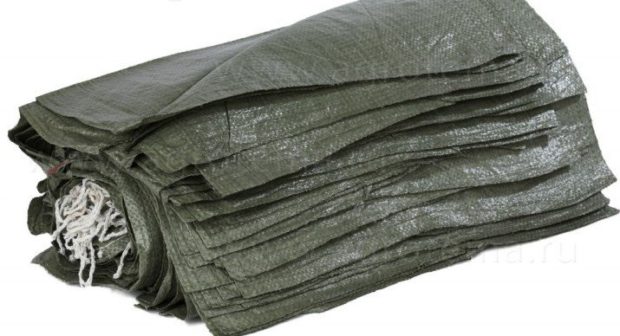
For the manufacture of bags using the following types of polypropylene:
- primary. It is more durable, has a white color, is used to store food products: sugar, cereals, flour, starch. Such bags for garbage removal are not used, since they cost more than those made of recycled polypropylene;
- secondary. Bags can be made entirely from recycled polypropylene, such products are green, can withstand up to 50 kg, are the cheapest. A portion of the primary polypropylene may be added to the recycled polypropylene mass. Such bags are characterized by a gray color and higher strength, withstand up to 65 kg, are slightly more expensive than green.

Polypropylene bags are used when you need to immediately take out a large amount of bulk garbage. Among their advantages:
- high strength, tensile and sharp debris resistance;
- sufficient roominess;
- the ability to reuse. With the help of several such bags, a sufficient amount of garbage can be dragged sequentially, while the performance of the products remains relatively long;
- not afraid of sunshine, low and high temperatures;
- not susceptible to putrefactive processes;
- universal and safe. Such bags can be used not only for garbage removal, but also for storing fertilizers, transporting clothes.
Only minus - are polypropylene bags more expensive than plastic bags. If one bag of polyethylene can be bought for 1-8 rubles (depending on the parameters, there are products for 14 rubles), then one bag of polypropylene will cost from 7 to 78 rubles.
No. 2. Bag volume
The volume of garbage packages varies from 20 to 200 l and more. To collect household waste, as a rule, packages of 30-60 liters are used. In hotels and office centers, large packages of 90 liters can also be used, but their strength is low, because the waste does not differ in large weight. Packages of up to 120 l are used for cleaning yards and streets, in restaurants and canteens, during mass festivities
For the collection of construction waste, bags of more than 80 liters are usually used. Sacks with a volume of 240 liters and even 360 liters are available to allow the removal of waste as quickly as possible.
Remember that the best is the enemy of the good. You should not think that in all cases a large bag is better than a smaller one. If you are dealing with heavy garbage, it is better to use bags of not more than 60 liters, otherwise it will be difficult to remove the collected waste from the facility later.
Also take into account the parameters of the resulting garbage. For example, to store old skirting boards, rails and panels you will need bags with a height of at least 150 cm. Of course, you can break the panels and rails to fit them into more compact packages, but the cleaning will be delayed and greatly complicated.
No. 3. Trash Bag Strength
Tearing strength is the strength a bag can withstand while maintaining integrity. Average values for materials used in production:
- LDPE - 113-137 kgf / cm2;
- HDPE - 186-343 kgf / cm2;
- PSD - 245-373 kgf / cm2;
- polypropylene - 204-408 kgf / cm2.
It turns out that if you slowly fill all four types of bags, then the first one that is made of LDPE will break, and the polypropylene product will last the longest. A whole range of values is presented for each material, since the final parameter depends on the thickness of the product.
Number 4. Trash bag thickness
Thickness is usually indicated for bags made of polyethylene. She can hesitate 9 to 250 microns: the larger this figure, the more durable and reliable the bag in front of you. So not only the material of manufacture should be paid attention to. If you have two bags of the same size in front of you, and one of them is made of HDPE with a thickness of 9 microns, and the second is made of LDPE with a thickness of 40 microns, then the second will obviously withstand more.
No. 5. Load capacity
How much garbage can be taken out with one bag depends on its size, material of manufacture and thickness. So, for example, a package with a thickness of 14 microns can withstand no more than 3 kg of cargo, and 30 microns - up to 20 kg. For construction debris, bags 60-120 microns thick are taken. On the packaging of such products, it may be indicated that they are especially durable, heavy-duty or something like that.
LDPE bags withstand up to 25 kg of cargo, from HDPE - up to 30-35 kg, from polypropylene - up to 65 kg.
No. 6. Trash bag bottom type
Another factor that greatly affects the carrying capacity of the bag is the type of bottom in the garbage bag. There are several options:
- bottom "asterisk" as the bag fills, it allows it to acquire a cylindrical shape, debris evenly presses to the bottom. These bags are great for wet trash;

- flat bottom with side folds allows the bag to stand on the floor independently when filled; no additional supports are needed. The weak point is the center of the package. If you overload the bag, then it can burst, and debris spills out through the bottom;

- flat bottom without a seam. Such bags are the cheapest, debris is distributed evenly, but bulky or sharp waste can damage the side seam or stretch the bottom.

Number 7. Extra features
Not all construction waste bags are as ordinary and identical as we used to think. Among the additional features include:
- the presence of ties and handles. The most convenient option is when you can simply pull off the ties, and the filled garbage bag will be hermetically closed. As a rule, in such packages there is no lower weld, so that they can be considered the most durable and convenient;
- the presence of additives that make the package biodegradable. These additives do not affect the production process and the strength of the bag in any way - they are simply mixed into the total mass, and then plastic bags are stamped. The advantage is that such a package decomposes 1-1.5 years, while the usual one is of the order of hundreds of years. Eco bags are a little more expensive, but if you have ever seen on the Internet or on TV what mountains of plastic trash are floating in the ocean, then apparently you should not be convinced of the need to use such products.

Number 8. Where to take out the garbage?
Bags selected, trash stored. It remains only to get rid of the collected trash, that's just where to put it. Do not scatter secretly on city containers at night. There are several ways to solve the problem:
- if on the territory near the garbage containers there is a place for the release of construction waste, then the task is greatly simplified. Special containers are usually placed around new buildings;
- find out if your management company has a contract for the removal of construction waste. If there is one, then at a certain time a container will be installed near the house where you can load garbage already collected in bags. In this case, the service fee will be minimal;
- part of the construction waste can be tried to sell. They buy, as a rule, a brick fight, soil, sand, concrete battle, clay. Money is small, but you don’t have to worry about the export problem.In large cities, the “Landfill” project is working, which allows you to sell old furniture and unnecessary things;
- contact a specialized company that will provide a container and take the collected garbage to the designated landfill. The company’s services cost money, but you don’t have to think about where to find transport, and which landfill receives such waste;
- try to take out the garbage yourself. The most difficult option. You will have to find the appropriate transport (trailer, minibus, truck), find out about the nearest landfills, find out if they can take the garbage from a private person, and how much it will cost. You will have to pay for the disposal of garbage.

If you just leave bags with construction waste near ordinary containers for collecting household waste, you can get a fine of up to 2,000 rubles if you are a private person, and up to 100,000 rubles if you are an organization. In this case, garbage will still need to be disposed of according to the rules.









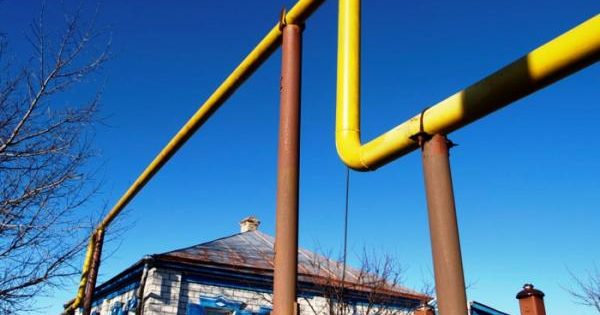
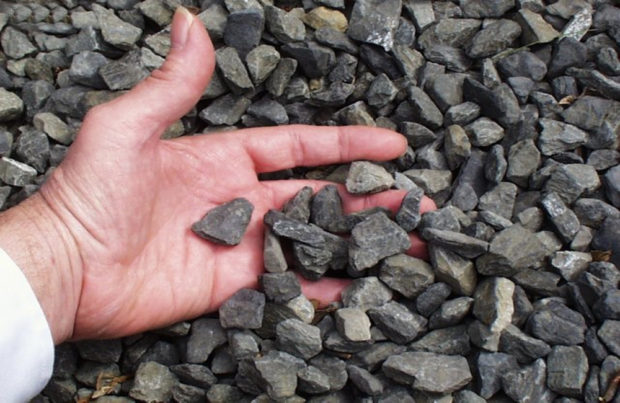

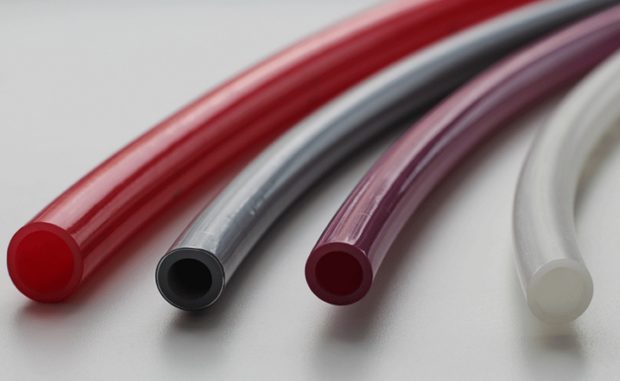
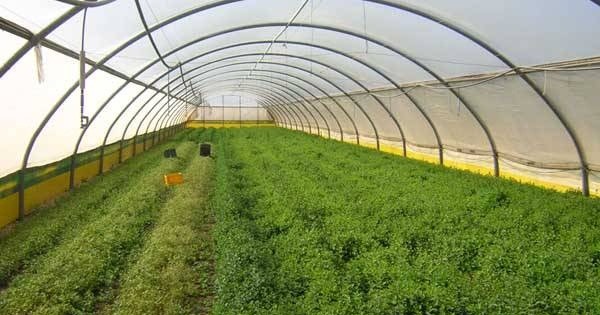
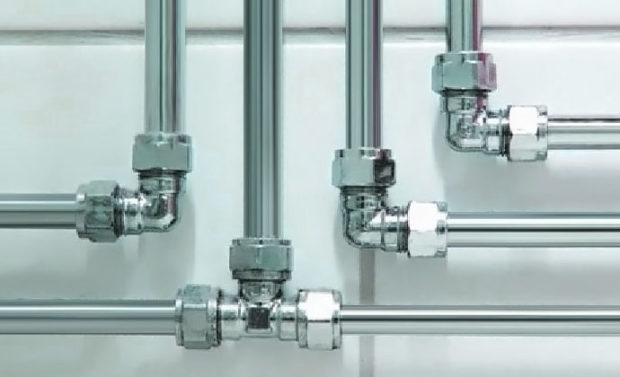
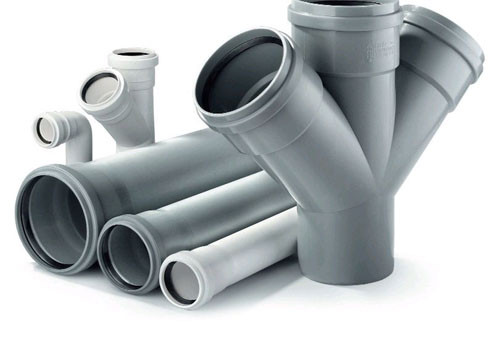
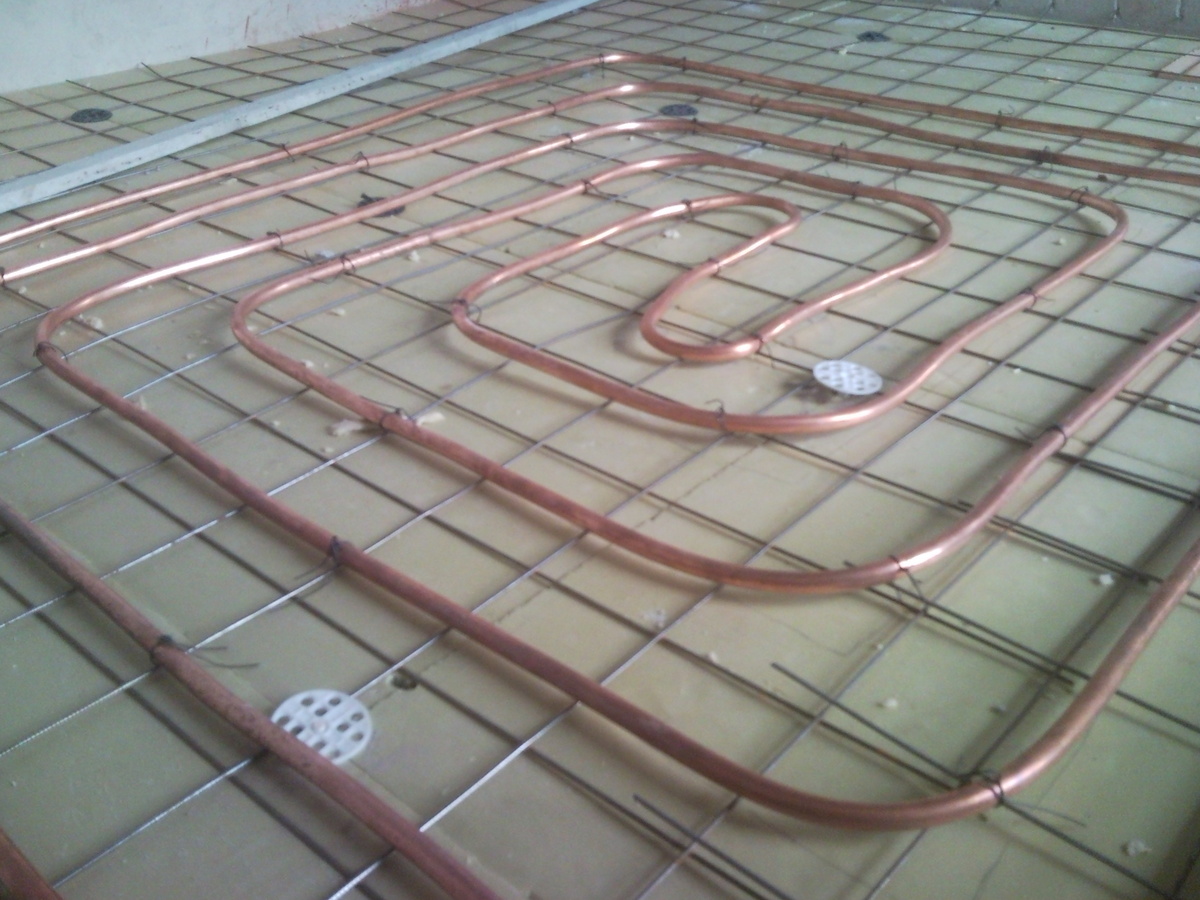
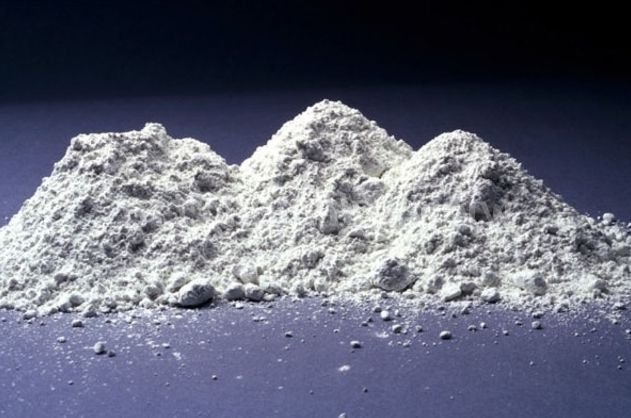

Thanks for the info